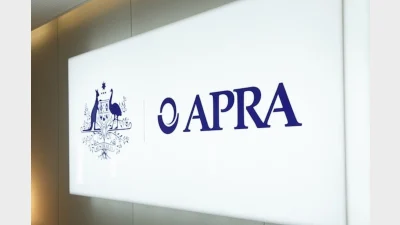Strong start to 2015 delivering super returns



Super funds have continued to grow steadily in 2015 on the back of listed share markets, according to superannuation research firm Chant West.
Australian shares increased by 6.9 per cent, while international shares rose 5.9 per cent in hedged terms and 5.3 per cent unhedged. Listed property was mixed with Australian real estate investment trusts (REITs) up 3.7 per cent and global REITs down 0.7 per cent.
Chant West also said that the median growth fund (61 to 80 per cent growth assets) rose 3.1 per cent in February, following a two per cent rise in January.
"There were several factors that contributed to the positive share market sentiment in February, including a rebound in oil prices," Chant West's director, Warren Chant, said.
"We also saw improving economic data in the Euro zone, and optimism over the impact of the European Central Bank's newly-implemented asset purchasing programme. Easing of concerns surrounding Greece and Russia also helped the market's mood."
Chant said that a 27 per cent of a typical growth fund were in Australian shares, and 26 per cent in international shares.
The firm also found that retail funds and industry funds had a return of 3.2 per cent and 3.1 per cent respectively in February. However, industry funds still hold the advantage in the longer term with a return of 7.3 per cent per annum against 6.2 per cent for retail funds over the 15 years to February 2015.
Recommended for you
The winners have been announced for the 2025 Super Fund of the Year Awards, held in Melbourne on 26 November.
Australian Ethical Superannuation has seen additional licence conditions imposed on it by APRA over the fund’s expenditure management.
The fund has strengthened its leadership team with three appointments to drive its next phase of growth and innovation.
ASIC and APRA have warned many trustees have failed to meaningfully improve retirement strategies despite the retirement income covenant being in place for three years.









